The 24 best horror movies of the '80s

- Oops!Something went wrong.Please try again later.
- Oops!Something went wrong.Please try again later.
- Oops!Something went wrong.Please try again later.
If the '70s transformed horror, then the '80s was the decade when the genre really came into its own. Although many fans have a soft spot for slasher movies, the '80s also birthed iconic monsters, brought body horror to gooey new heights, and sparked a new subgenre: the splatter comedy.
Truly, some of the most famous horror movies of all time were made in the '80s — see which of those made our list, alongside cult oddities and hidden gems from this colorful, campy, boundary-pushing decade.
<i>The Shining</i> (1980)
Released the same month as the original Friday the 13th, The Shining isn't necessarily what you think of when you think of '80s horror. It's a slow burn ghost story anchored by precision cinematography, bravura performances from stars Shelley Duvall and Jack Nicholson, and direction from Stanley Kubrick, a big-name filmmaker with no previous connection to the genre. Nevertheless, The Shining holds up as a disturbing, bone-chilling classic whose influence is all over contemporary "elevated" horror.
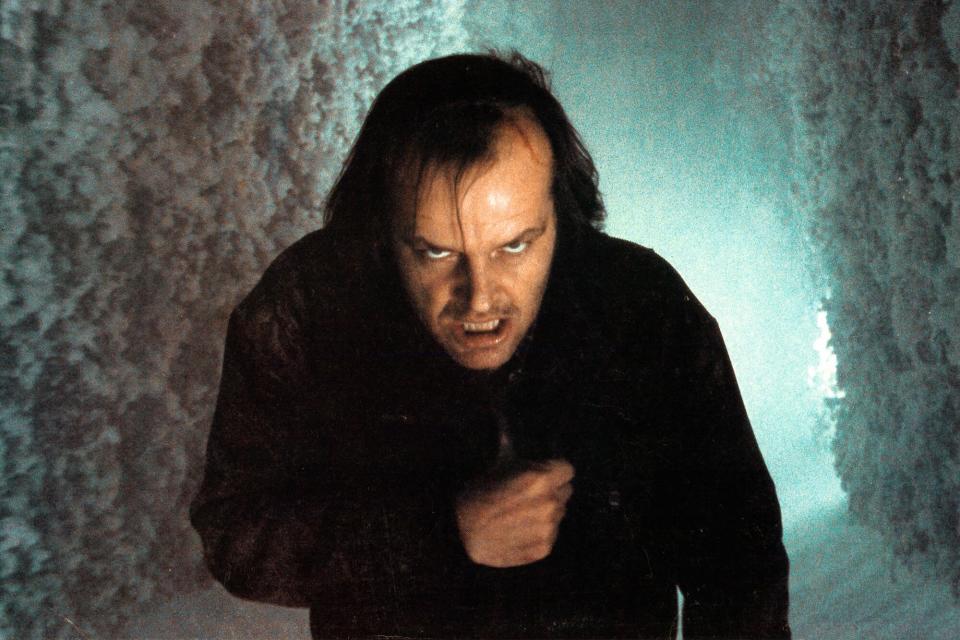
<i>A Nightmare on Elm Street</i> (1984)
New Line Cinema is sometimes referred to as "the house that Freddy built" — an appropriate nickname given A Nightmare on Elm Street's outsized influence on the fledgling studio's fortunes. Wes Craven adapted a newspaper story about a 12-year-old Cambodian refugee plagued by nightmares into this all-time classic, which marked the screen debut of both blade-wielding homicidal burn victim Freddy Krueger (Robert Englund) and a young Johnny Depp.
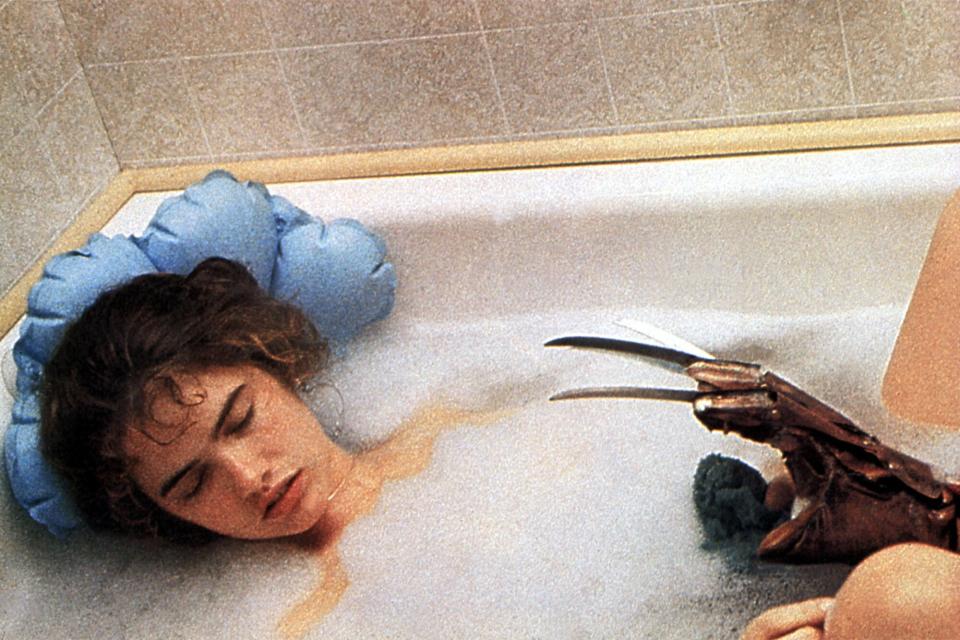
<i>Evil Dead II</i> (1987)
Essentially a remake of Sam Raimi's game-changing debut The Evil Dead (1981) with a bigger budget and an enhanced slapstick sensibility, Evil Dead II is a cabin-in-the-woods slasher by way of Looney Tunes. Bruce Campbell returns as wisecracking final boy Ashley "Ash" Williams, whose unrelenting gauntlet of extreme terror as he fights for his life against the demonic Deadites is even bloodier — and sillier — this time around. The beauty of Evil Dead II is that it's both genuinely funny and genuinely scary, making for a wildly entertaining rollercoaster ride of a movie.
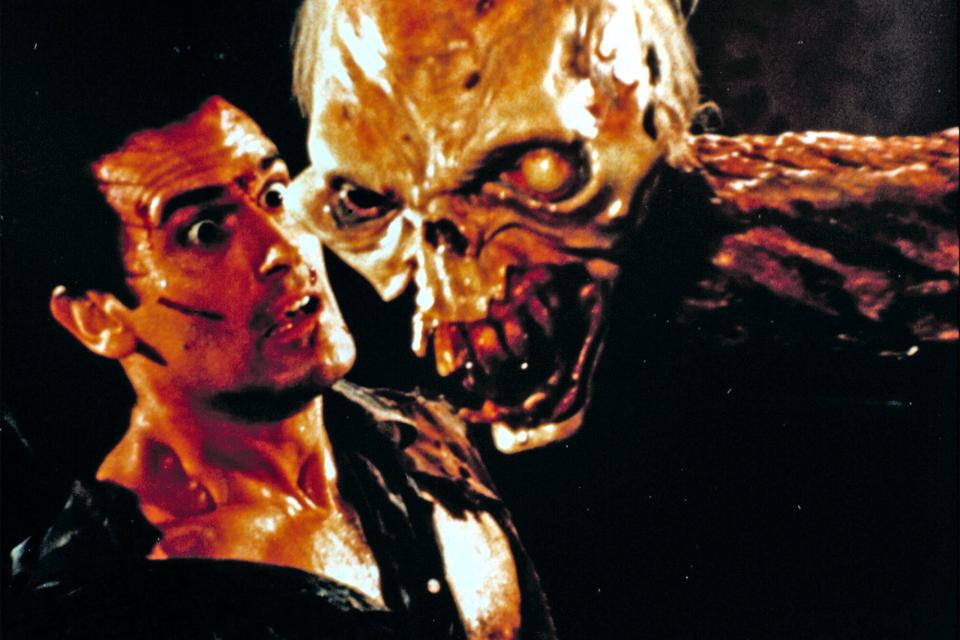
<i>Videodrome</i> (1983)
Disproving the stereotype that Canadians are inherently mild-mannered people, David Cronenberg's 1983 body-horror masterpiece Videodrome blends pain with pleasure, violence with entertainment, and human consciousness with pixelated transmissions from a nightmare realm. James Woods stars as a sleazy TV executive in search of the ultimate ratings grab, alongside Blondie's Debbie Harry as the seductive hostess of the titular broadcast.
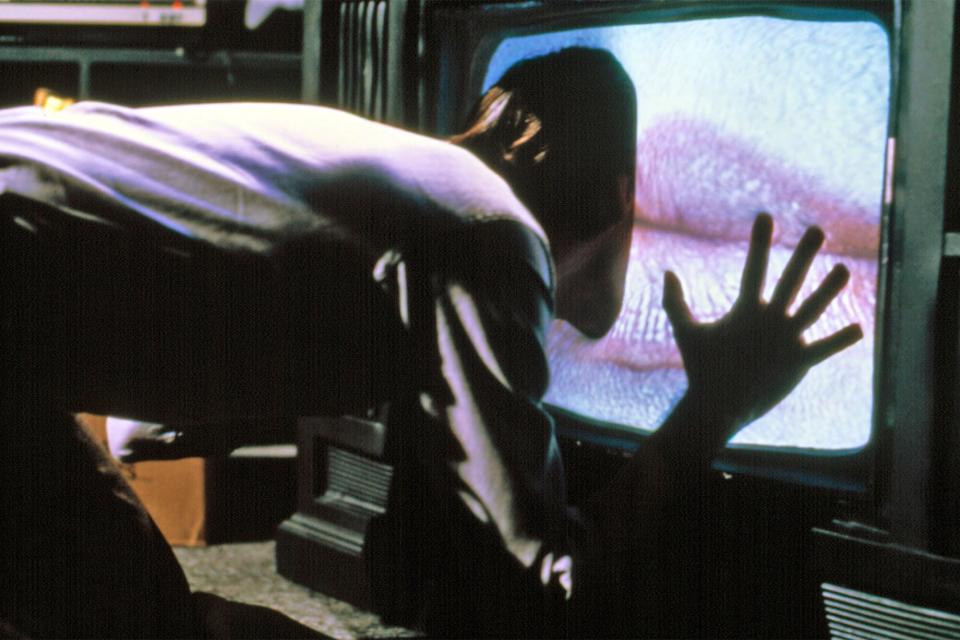
<i>Hellraiser</i> (1987)
Speaking of the razor's edge between pleasure and pain — queer horror icon Clive Barker lives on that edge, and so does his most famous creation, Hellraiser. Adapted from Barker's novella The Hellbound Heart, Hellraiser revolves around a mysterious puzzle box known as the Lament Configuration. Once solved, the box summons the Cenobites, sadomasochistic beings from a dimension of pain and suffering who are all too happy to show jaded mortals an agonizing good time.
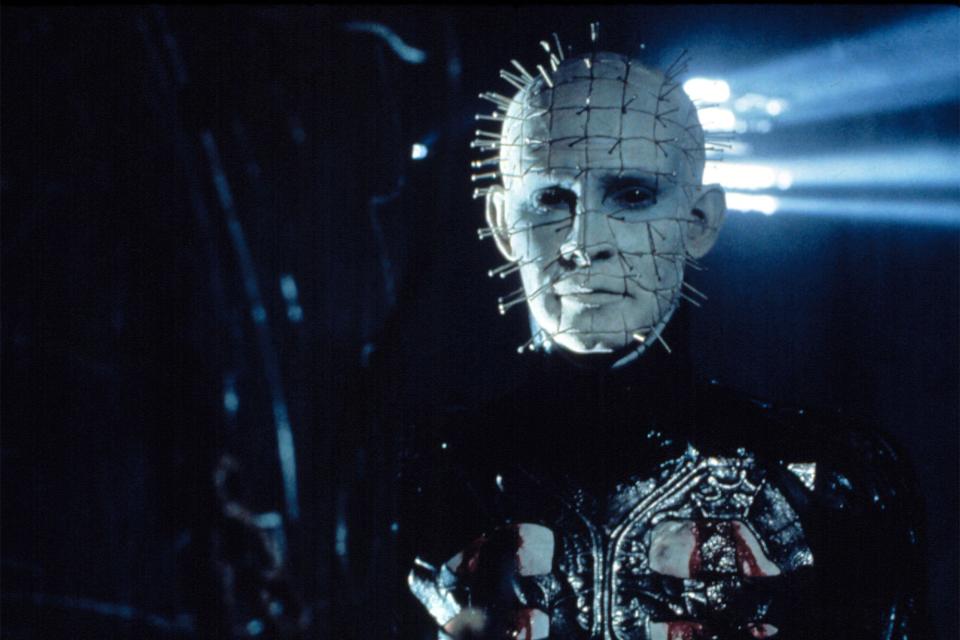
<i>Fright Night</i> (1985)
Sporting some good old-fashioned chills and a rockin' new wave soundtrack, Fright Night is a cult classic horror-comedy with a contagious affection for the genre. Featuring Roddy McDowall as a TV horror host forced to confront the supernatural in real life, Tom Holland's directorial debut stars William Ragsdale as Charley Brewster, a horror-obsessed teen who becomes convinced that his suave next-door neighbor (Chris Sarandon) is actually a vampire.
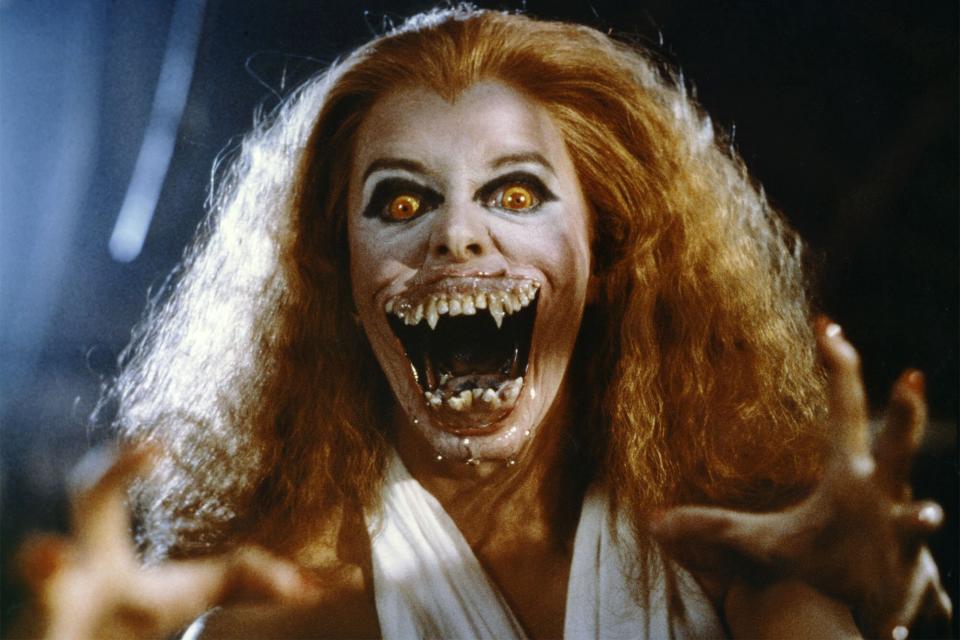
<i>Creepshow</i> (1982)
Combining the powers of writer Stephen King, director George Romero, and special effects artist Tom Savini, Creepshow is one of the best horror anthologies — not only of the '80s, but of all time. Inspired by the EC horror comics King and Romero grew up reading in the '50s, the five segments that make up Creepshow are full of macabre twists, bizarre creatures, and amoral characters getting their well-deserved supernatural comeuppance. Cartoonish in the best way, it's a tribute to the childhood scares that made these horror icons and has now spawned a reboot series on Shudder.
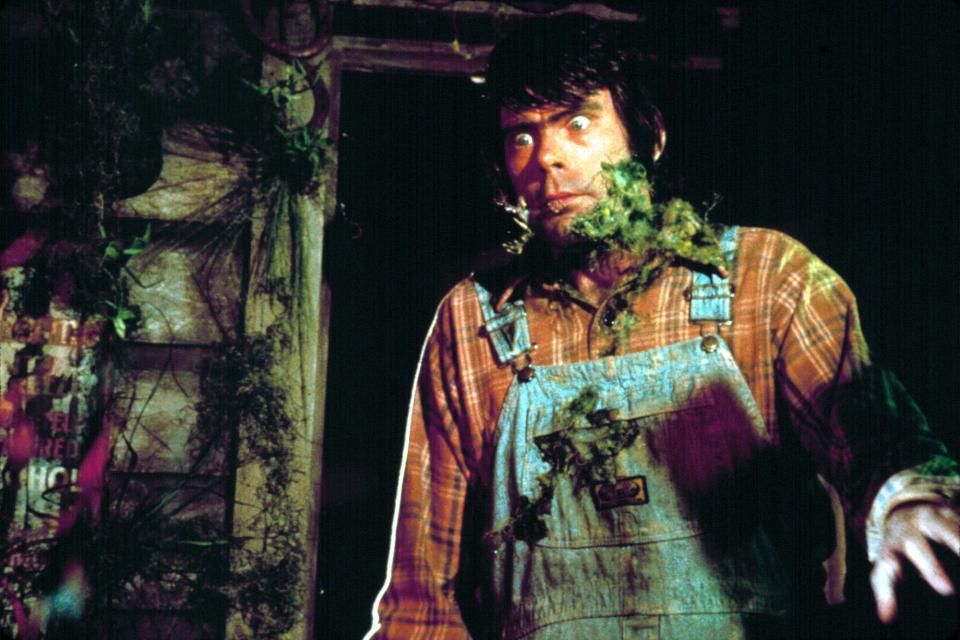
<i>Near Dark</i> (1987)
Blending Western tropes with punk-rock attitude, director Kathryn Bigelow puts a pulpy rockabilly spin on the vampire myth in Near Dark, one of the best and bloodiest vampire films of the '80s. Adrian Pasdar stars as Caleb Colton, a small-town kid who joins up with a roving band of vampires after being bitten by an alluring stranger he meets at a bar. But it's Bill Paxton who steals the show as Severen, the most unhinged of this undead crew, whose sex appeal is matched by his thirst for violence.
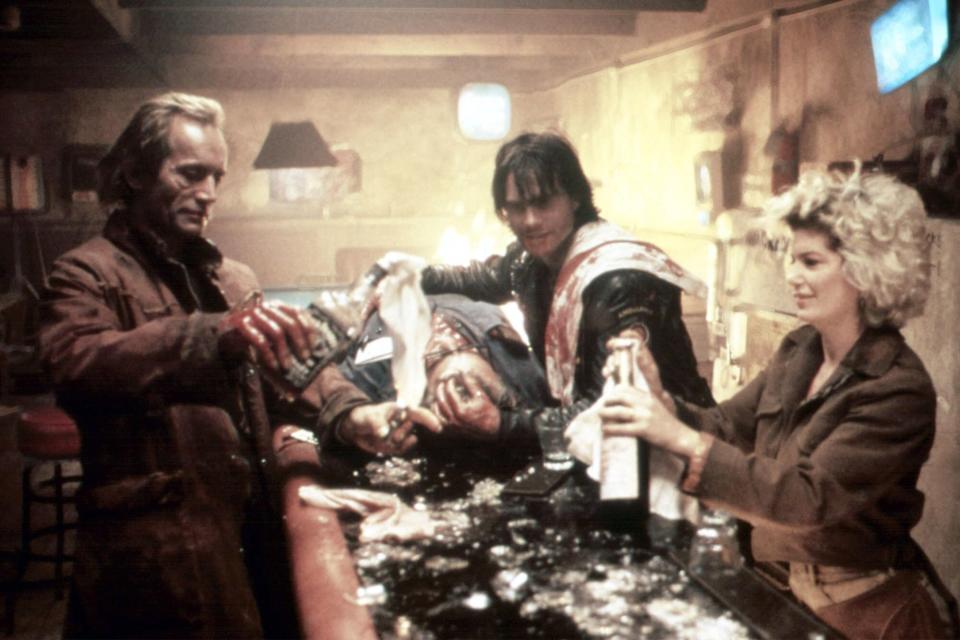
<i>The Thing</i> (1982)
One of several horror masterpieces directed by John Carpenter, The Thing wasn't appreciated by critics or audiences during its initial release. Forty years later, it's an undisputed classic. Filmmakers are still ripping off Rob Bottin's gruesomely inventive special effects, the excess of which contrasts with the tightly wound paranoia of the story. That latter quality only gets more relevant with every passing year; it's no coincidence that a screenshot of Kurt Russell's character saying, "nobody trusts anybody now, and we're all very tired" went viral in 2020.
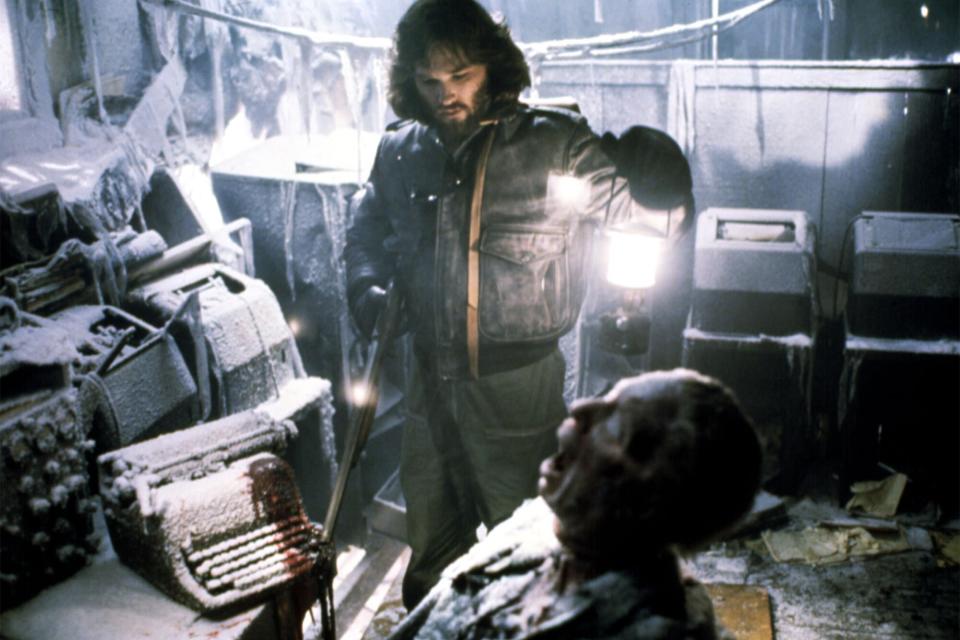
<i>Day of the Dead</i> (1985)
The third film in George Romero's zombie series is just as politically charged — and as nihilistic — as Night of the Living Dead and Dawn of the Dead, even though, yes, it does have a zombie listening to a Walkman. The story picks up in a military bunker in the Everglades, where the last shreds of humanity have gathered in search of safety; part-splatter movie and part-meditation on the dangers of science run amok, Day of the Dead is a sobering and thought-provoking take on the zombie genre.
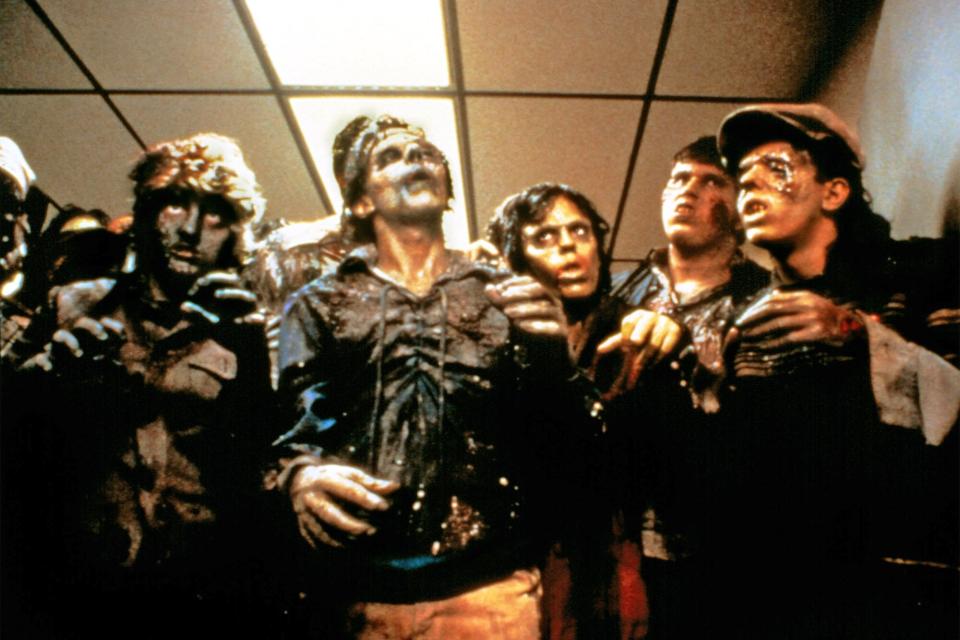
<i>Re-Animator</i> (1985)
Sleazy, silly, lurid, colorful, and tons of fun, Re-Animator is a modern classic of mad scientist cinema. Directed by Stuart Gordon from a short story by H.P. Lovecraft, this video store favorite stars Jeffrey Combs as Herbert West, a medical student obsessed with bringing the dead back to life. They don't teach ethics at Miskatonic University, so Herbert's experiments become increasingly deranged, eventually drawing two of his fellow students (Barbara Crampton and Bruce Abbott) into his maniacal orbit.
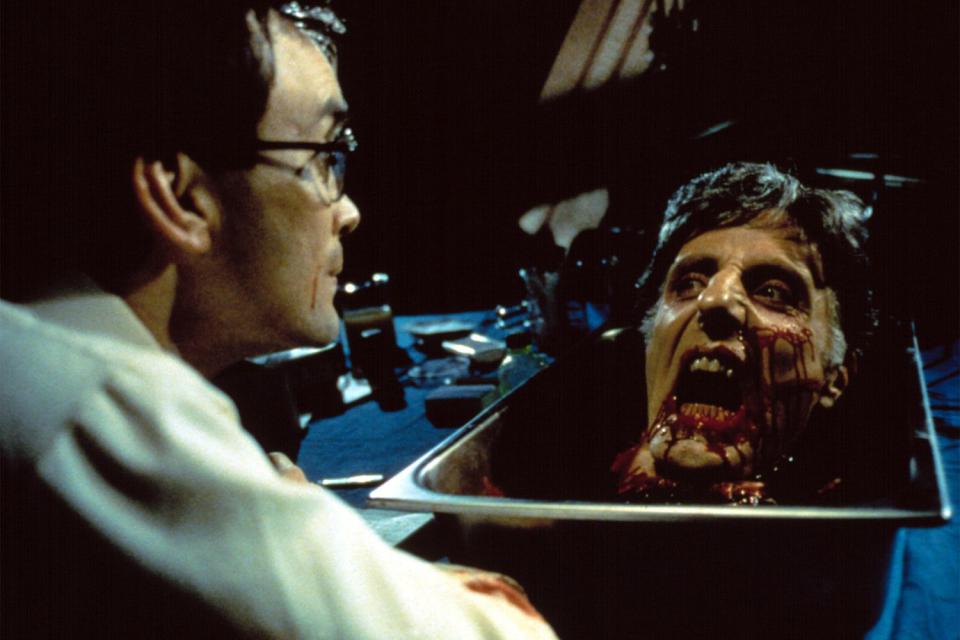
<i>The Return of the Living Dead</i> (1985)
The most party-hearty horror movie of a party-hearty decade, The Return of the Living Dead will bring tons of madcap energy — and toxic sludge — to your movie night. The story takes place in Louisville, Ky., where a group of teenage punks partying in a graveyard come face to face with the aftermath of two dopes accidentally kicking over a barrel in a top-secret government facility. That barrel was full of a gas that turns unsuspecting humans into zombies, which can mean only one thing: Let the flesh-eating festivities begin!
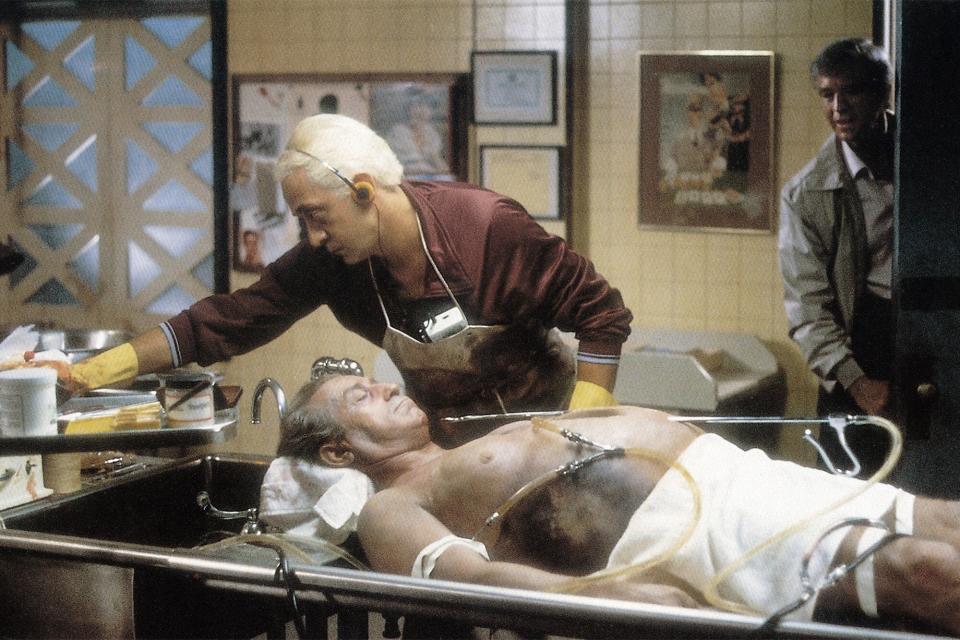
<i>Friday the 13th Part IV: The Final Chapter</i> (1984)
The 1980 original spawned nine sequels, a remake, and innumerable ripoffs. But Friday the 13th Part IV is the quintessential (and the best) Friday the 13th movie. Erroneously billed as "The Final Chapter," Part IV does everything an '80s slasher is supposed to do — namely, put a bunch of horny teenagers in a cabin and let Jason Voorhees pick them off one by one. And it does it well, with gruesome kills, memorable characters (a rarity in the Friday the 13th series) and a totally bonkers ending featuring a young Corey Feldman.
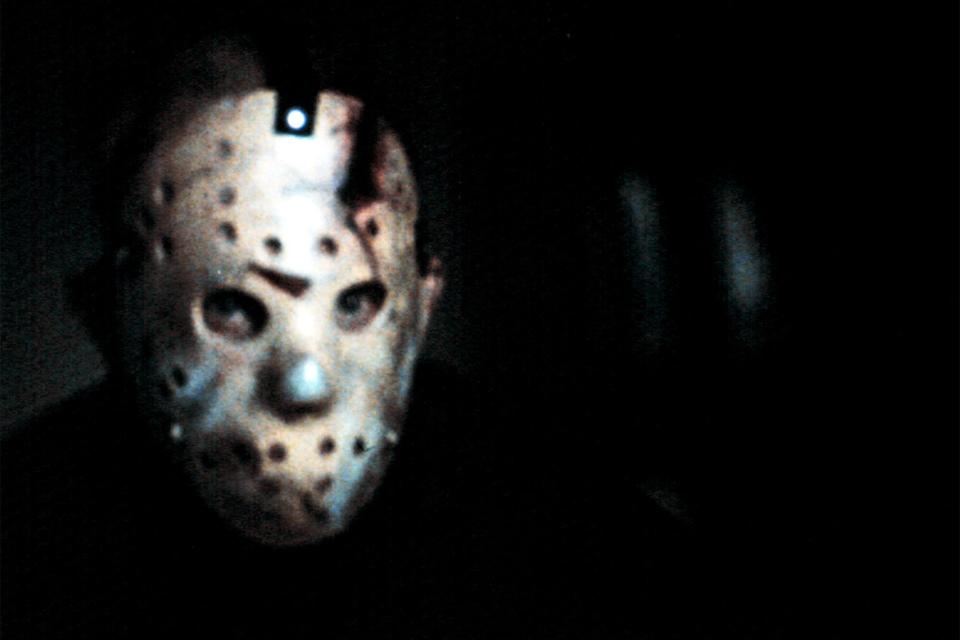
<i>Dead & Buried</i> (1981)
A dreamlike, atmospheric take on the zombie legend, Dead & Buried is one of the most singular horror movies of the '80s. Director Gary Sherman's second feature, about a picturesque coastal town where packs of locals murder unsuspecting tourists — only for those tourists to be seen later wandering around town — languished in obscurity for decades before being rediscovered and hailed as a cult classic.

<i>The Changeling</i> (1980)
George C. Scott stars as a recently widowed dad in The Changeling, a sophisticated, grown-up take on the haunted house movie that's still absolutely terrifying. The story takes place in an empty, secluded Victorian mansion, where John Russell (Scott) retreats after losing his wife and daughter in a car crash. If you think that sounds like the perfect time and place to see some ghosts, you're correct — but the knowing doesn't make their appearance any less heart-stopping, thanks to superior craftsmanship from director Peter Medak.
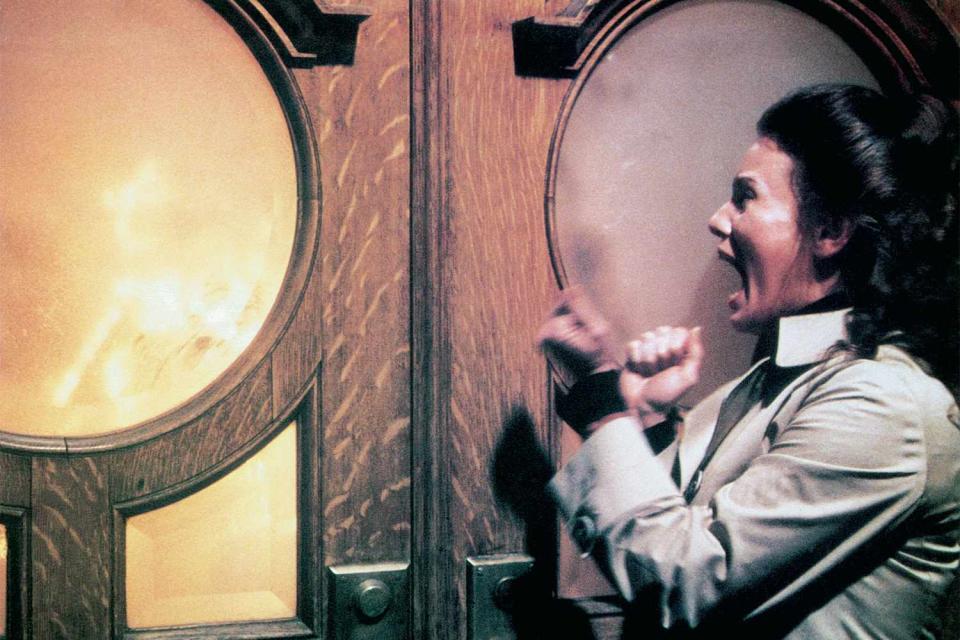
<i>Society</i> (1989)
The '80s were a great decade for satirical horror-comedies, and Brian Yuzna's Society stands as one of the best of the subgenre. The manicured lawns and yuppie fashions of Beverly Hills form the perfect backdrop for this bizarre (and goopy) statement on the decadence of the rich, starring the wonderfully named Billy Warlock as a wealthy teenager who suspects his parents are part of a cannibalistic cult. It all climaxes with an extended orgy of body-horror transformation that we won't spoil here, but we can guarantee that you'll never forget.
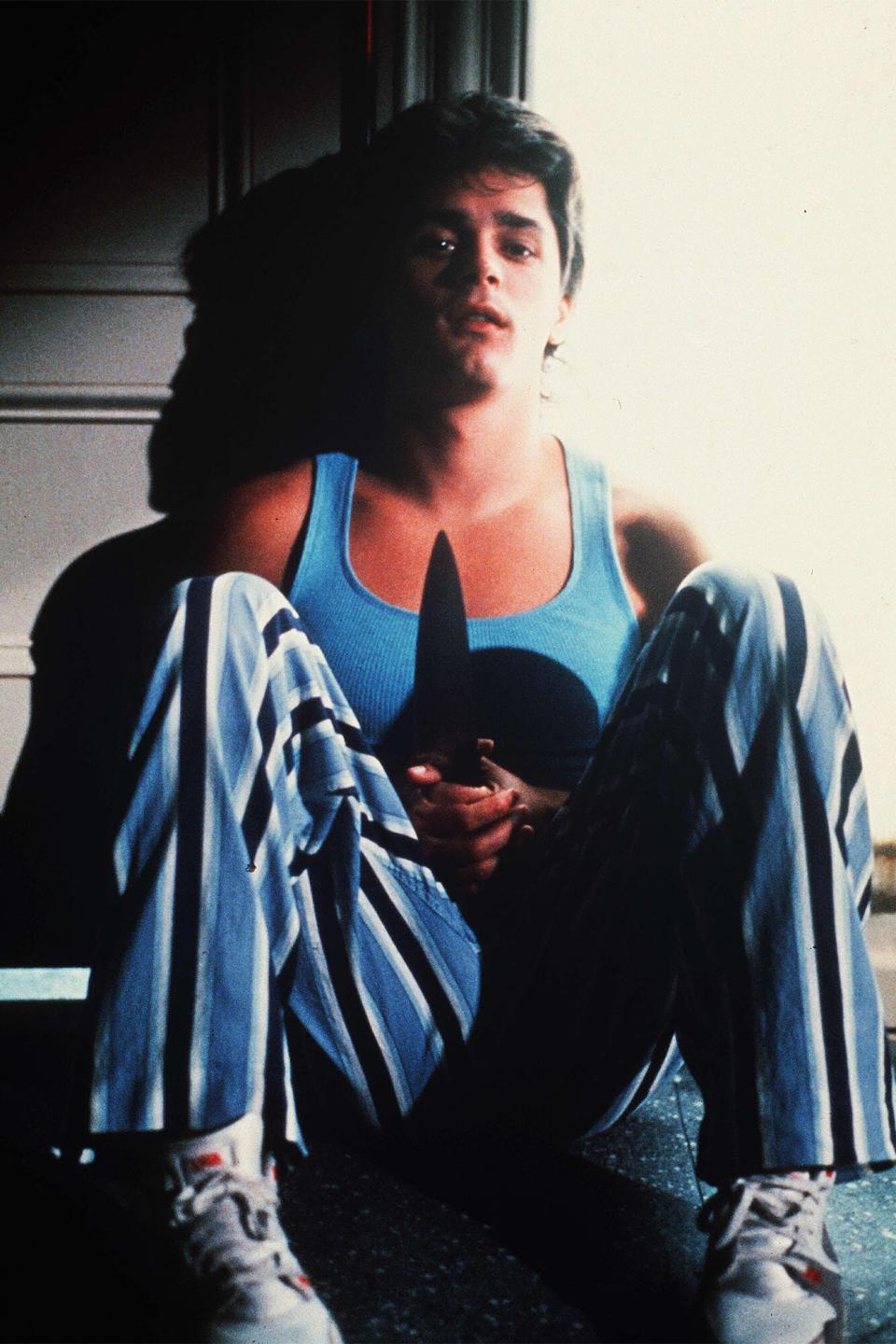
<i>They Live</i> (1988)
Another instant classic from genre master John Carpenter, They Live is a sci-fi horror satire whose commentary on mindless consumerism is as relevant today as it was in 1988. Starring "Rowdy" Roddy Piper as a drifter who finds a pair of sunglasses that expose an alien plot to subjugate humanity through subliminal messaging, They Live cuts its trenchant social critique with action-movie silliness — case in point: an infamous, hilarious fight sequence that goes on for six minutes for no particular reason — and highly quotable dialogue.
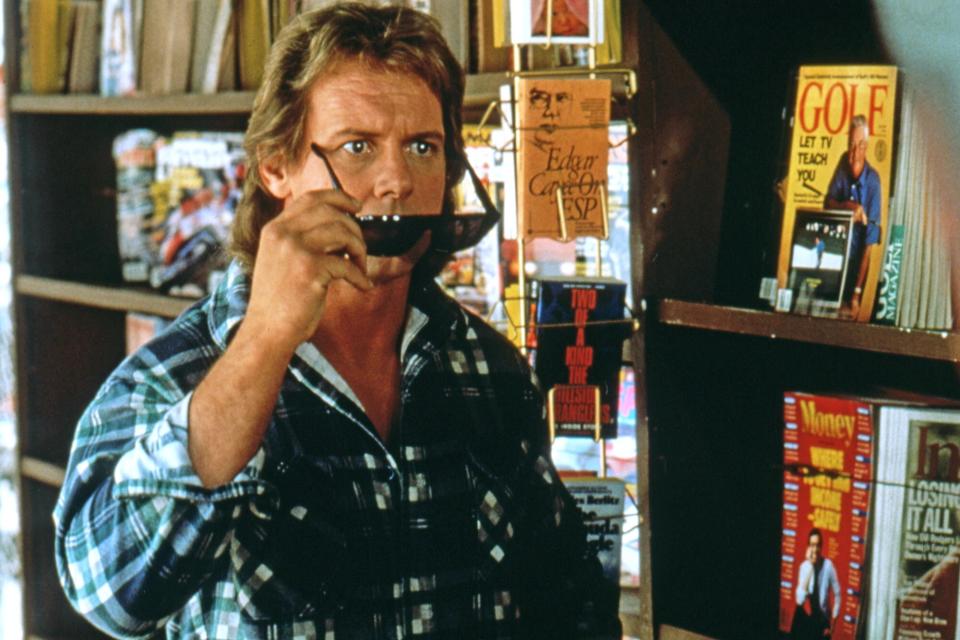
<i>Opera</i> (1987)
Some might say that Italian horror legend Dario Argento was past his prime by the time the '80s rolled around. Opera, however, disproves that argument. Argento's work has always incorporated the melodramatic sweep and heightened emotion of opera. And Opera, about a deranged fan terrorizing a young soprano (Cristina Marsillach) during a production of Verdi's Macbeth, ranks among the maestro's most beautifully shot and fiendishly inventive tributes to the art of murder.
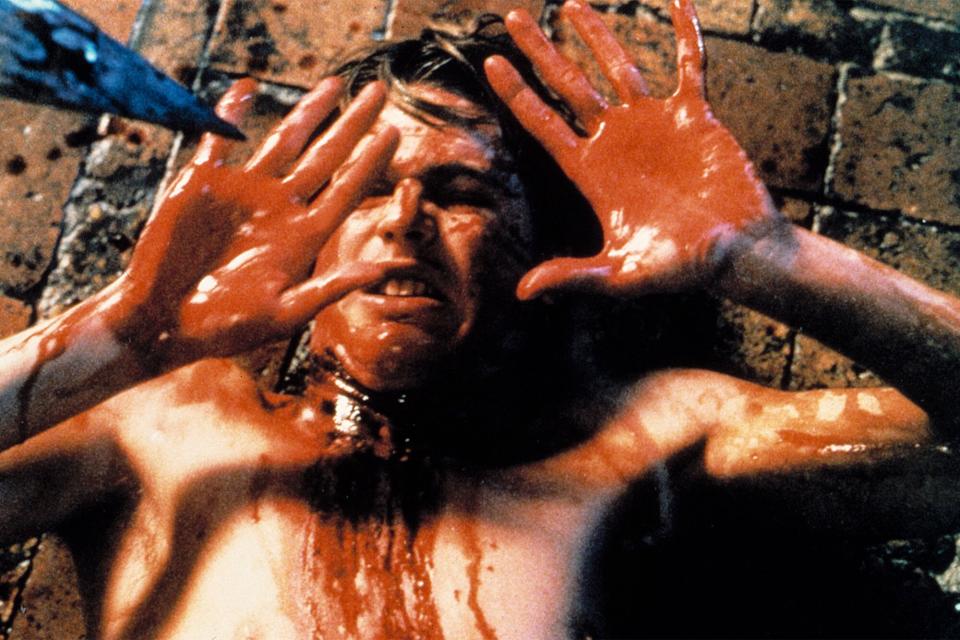
<i>The Slumber Party Massacre</i> (1982)
The only '80s slasher franchise written and directed entirely by women, The Slumber Party Massacre satirized the subgenre while it was still being formed. Directed by Amy Holden Jones from a screenplay by lesbian feminist author Rita Mae Brown, The Slumber Party Massacre was written as a parody, but producers insisted that Jones film it as a straightforward slasher picture. Its tongue-in-cheek sensibility came through anyway, poking at horror tropes with clever visual gags and a comically oversized power drill.
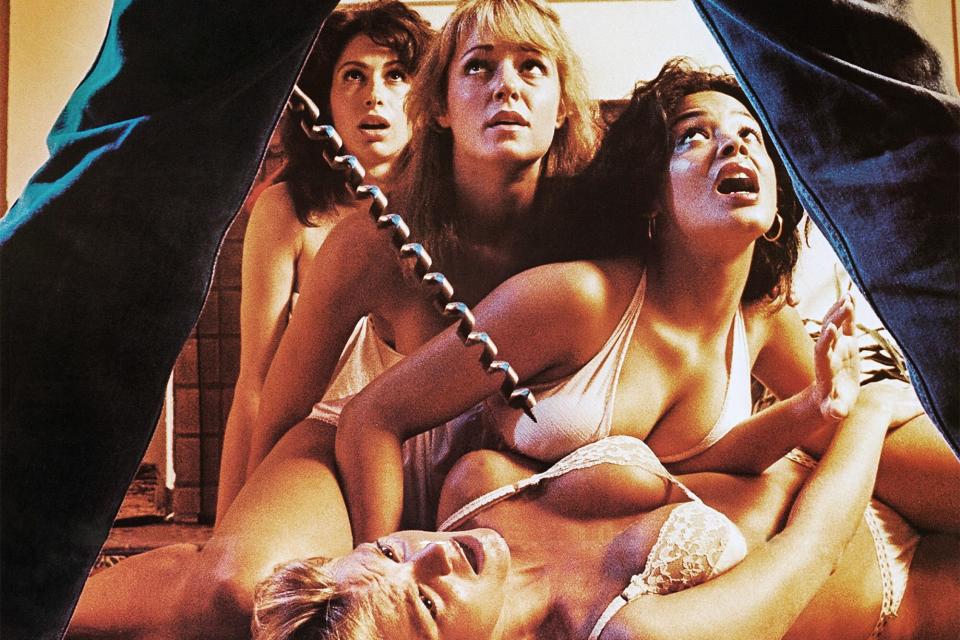
<i>Possession</i> (1981)
Emerging from obscurity to become a cult classic, Andrzej Żuławski's Possession is one of the most fascinating, singular visions in horror filmmaking. On one level, it's a shocking, disturbingly sexual arthouse creature feature. Dig deeper, and it's a painfully personal divorce movie. Deeper still, it's a psychological thriller about a woman losing her grip on reality, with a touch of Cold War-era political satire. Bleak, uncompromising, and anchored by an unforgettable performance from star Isabelle Adjani, Possession is a movie that's hard to shake.
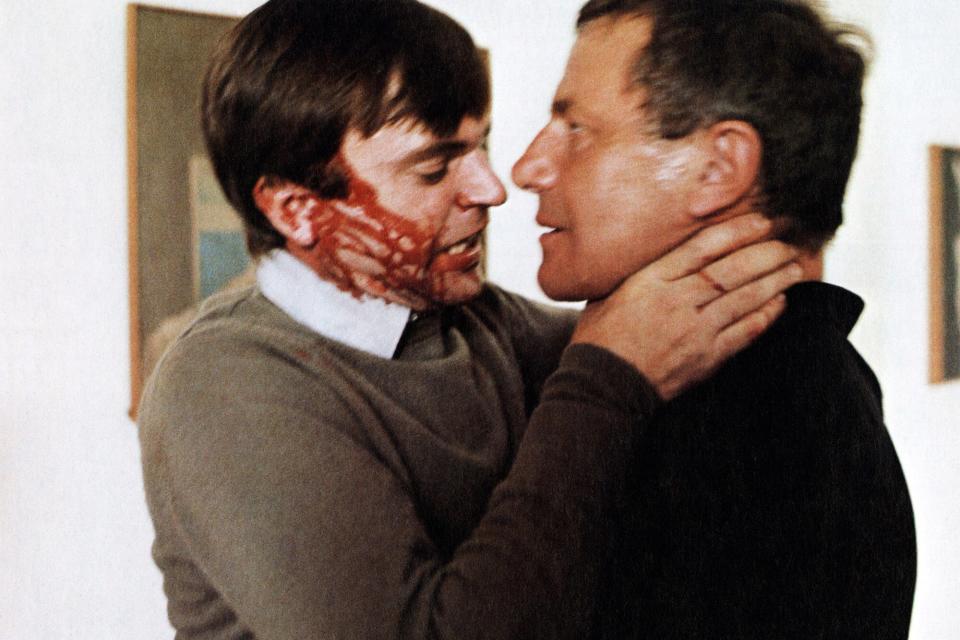
<i>The Beyond</i> (1981)
Lucio Fulci movies are an acquired taste. But once you've acquired it, nothing else satisfies in quite the same way. The Beyond is the second and best film in Fulci's "Gates of Hell" trilogy, about a woman who inherits a dilapidated hotel in the middle of the Louisiana swamp only to discover that it's cursed with a literal portal to hell in the basement. The Beyond is "about" gore as much as it is "about" anything, however, a psychedelic miasma of slow-moving zombies and colorful viscera that's hypnotizing and confounding in equal measure.
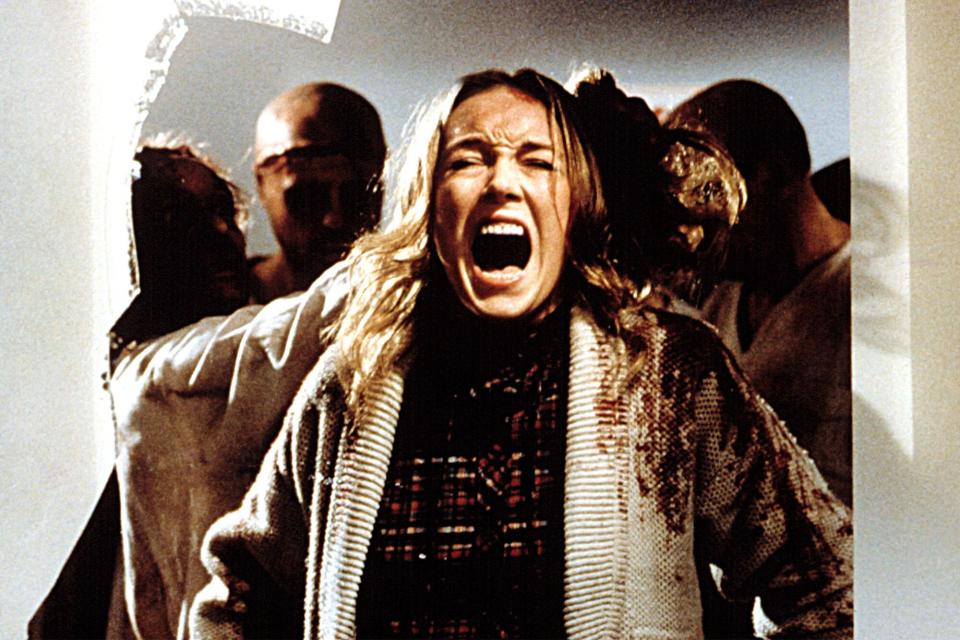
<i>Tetsuo: The Iron Man</i> (1989)
You may think you've seen it all, but that isn't true until you've seen Tetsuo: The Iron Man. Japanese director Shinya Tsukamoto's chaotic, erotic body-horror head trip takes cyberpunk to some unforgettable new places, using inventive low-budget effects to tell the surreal story of a "metal fetishist" whose death in a drive-by car accident sparks an outrageous new chapter in human evolution.
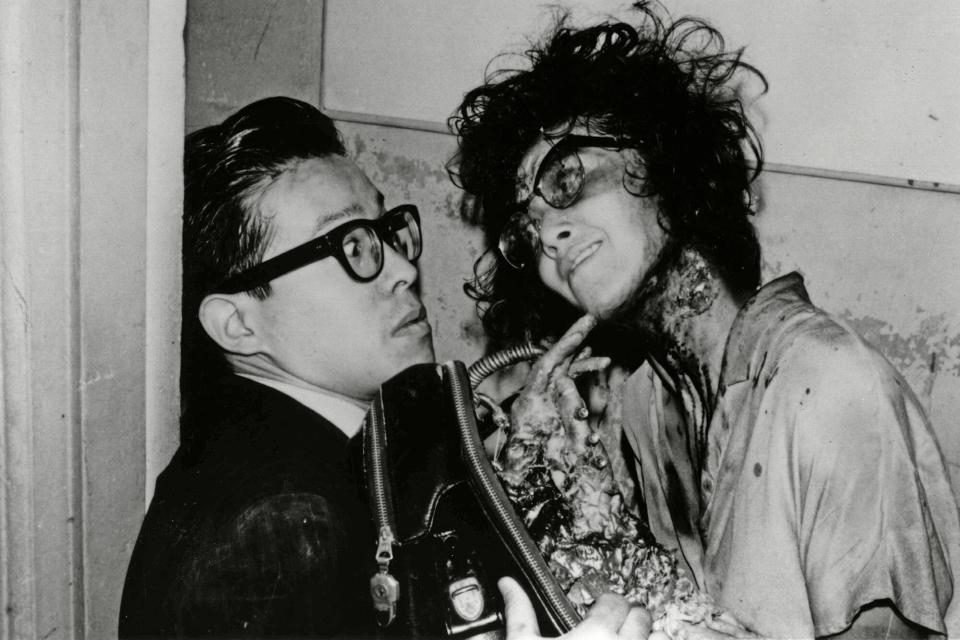
<i>Night of the Comet (1984)
Valley girl culture was everywhere in the '80s, and two of the most appealing characters to come out of this mall-obsessed SoCal teen cult appear in 1984's Night of the Comet. Catherine Mary Stewart and Kelli Maroney star as Regina and Samantha, teenage sisters who fight for survival in post-apocalyptic Los Angeles (with breaks for shopping, of course) after a passing comet turns most of the population into zombies. Full of vibrant color and good-natured humor, this entertaining sci-fi hybrid holds up — even if the fashions don't.
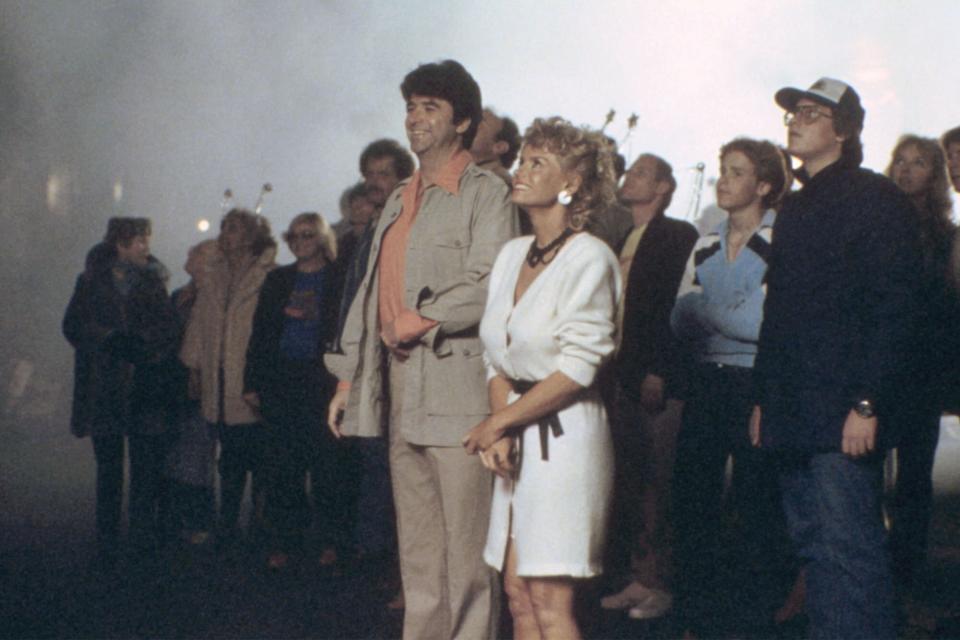
<i>The Burning</i> (1981)
It didn't spawn a hit franchise, but The Burning still stands as one of the best entries into the early-'80s slasher cycle. Inspired by the New York urban legend of Cropsey, The Burning is a lean, mean-spirited hack-and-slash summer camp horror movie that's elevated by its energetic young cast — which includes Jason Alexander, Fisher Stevens, and Holly Hunter in their debut film roles — and Tom Savini's gruesomely realistic makeup effects.
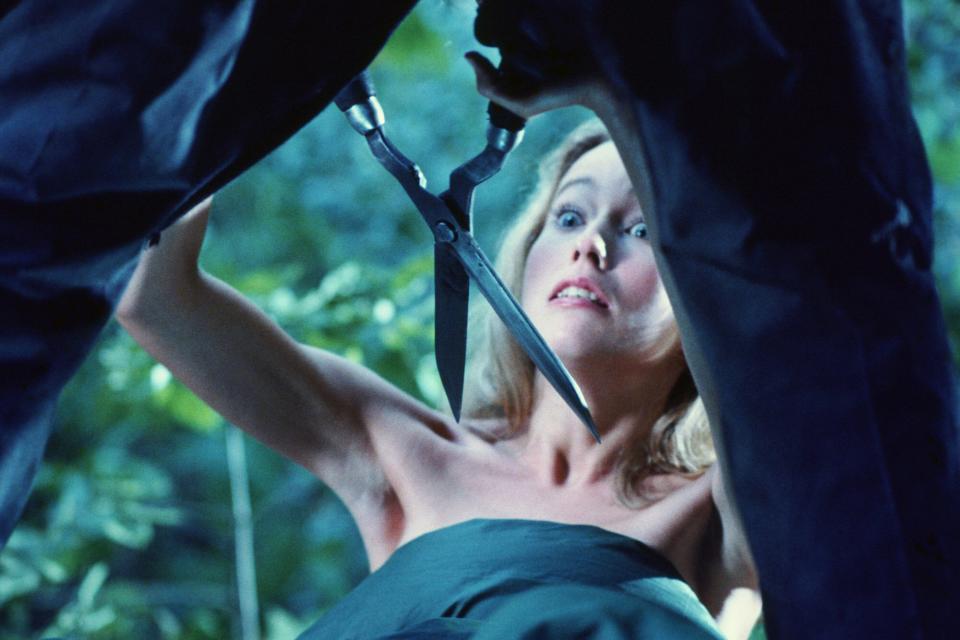
Related content:

